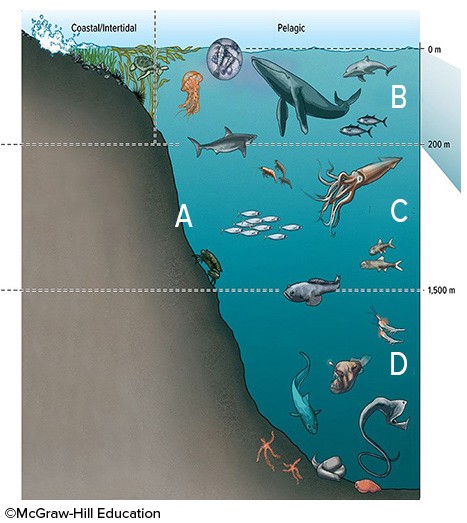What percentage of energy comes from renewable energy sources besides wood and charcoal burning?
A) 10% B) 20% C) 14% D) 2% E) 6%
A
You might also like to view...
Photochemical smog is formed when primary pollutants interact with
a. Sunlight b. water vapor c. sulfur dioxide d. Oxygen e. Carbon
The original reactor built in 1942 was just "barely" critical because the natural uranium that was used contained less than 1% of the fissionable isotope U-235 (half-life 713 million years). What if, in 1942, the Earth had been 9 billion years old instead of 4.5 billion years old? Would this reactor have reached critical stage with natural uranium? Why?
A. No. The increased age of the Earth would mean that there would be a much smaller percentage of U-235, thus not enough for the reactor to reach critical stage. B. No. The age of the Earth has nothing to do with the reactor reaching critical stage with U-235. C. No. 1% of the fissionable isotope U-235 is insufficient for the reactor to reach critical stage no matter what the age of the Earth. D. Yes. If the Earth had been twice as old there would have then been twice as much fissionable U-235 present and the reactor would have reached critical stage.
In the diagram below, B is the
A. hadal zone. B. epipelagic zone. C. benthic zone. D. mesopelagic zone.
In the United States, towards the end of the year 2008, there were this many nuclear power plants operating
A. about 1000. B. none. C. fewer than 10. D. a little over 100.